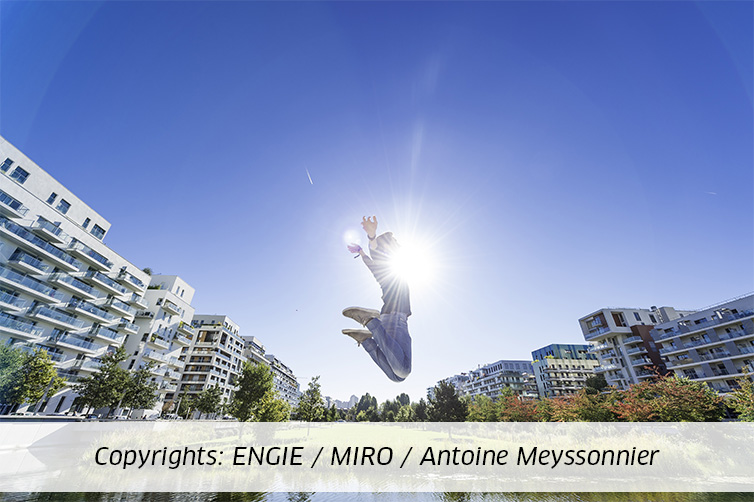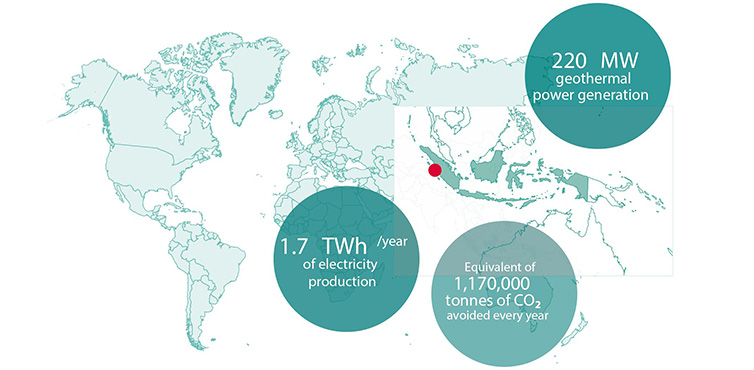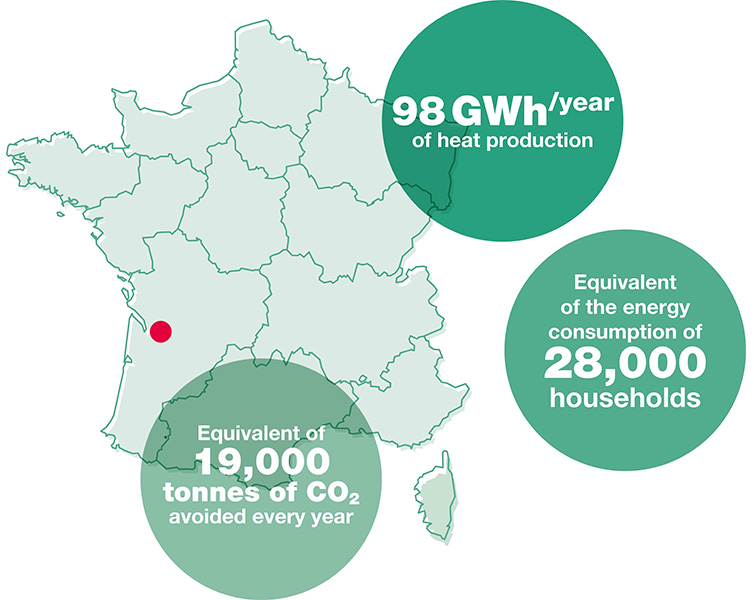What is geothermal energy?
Geothermal energy covers all the applications that use the heat contained underground in the subsoil or in groundwater.
This resource is used to produce heat, cold and electricity, which is then distributed through the networks.
Geothermal energy is renewable, local, environmentally-friendly, energy-efficient and economical, but its use still remains limited in comparison with its huge potential.
Key figures
Today, 90 countries use geothermal energy.
In some countries, geothermal energy represents 22% of domestic output.
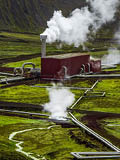
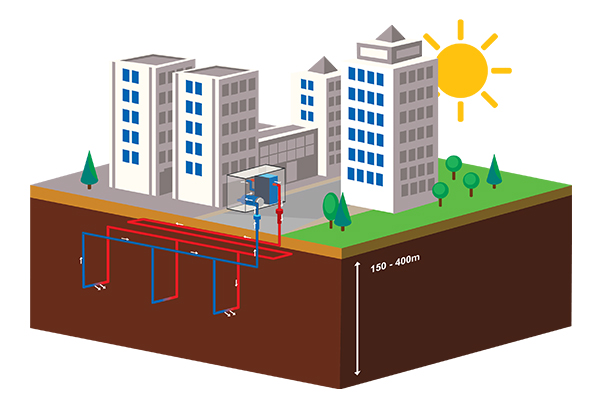 geothermal energy for buildings: the energy is located at a depth of just a few tens of meters and can be used to heat small systems using heat pumps. The energy is used in a single building or an eco-neighbourhood;
geothermal energy for buildings: the energy is located at a depth of just a few tens of meters and can be used to heat small systems using heat pumps. The energy is used in a single building or an eco-neighbourhood;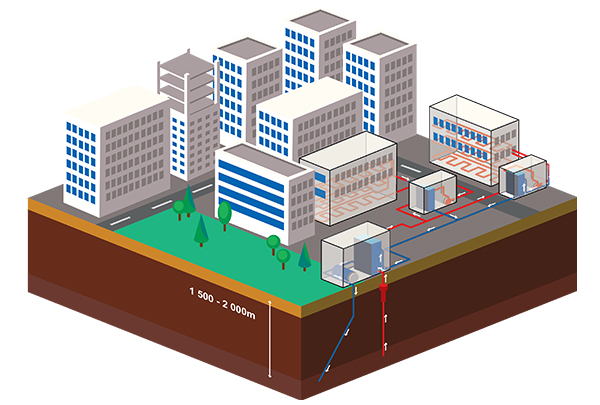 heating networks (medium temperature): the energy is sourced at depths of a few hundred meters and at temperatures of between 30° and 90°. Geothermal heating networks can supply neighbourhoods, industrial parks or even entire towns with heat and cold;
heating networks (medium temperature): the energy is sourced at depths of a few hundred meters and at temperatures of between 30° and 90°. Geothermal heating networks can supply neighbourhoods, industrial parks or even entire towns with heat and cold;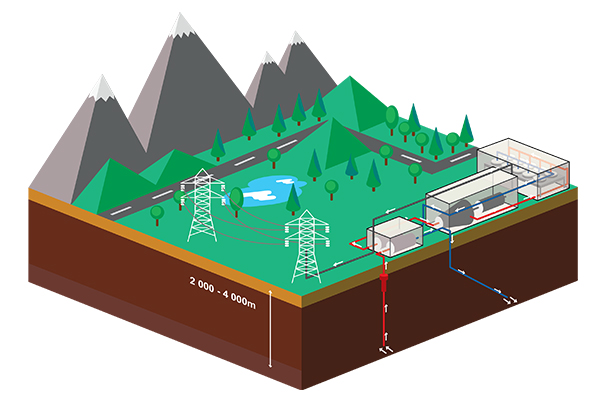 deep geothermal (or high-temperature) energy: the energy is sourced at depths of between 2,000 and 3,000 meters and at temperatures above 150°. The heat in the subsoil is then transformed into electricity.
deep geothermal (or high-temperature) energy: the energy is sourced at depths of between 2,000 and 3,000 meters and at temperatures above 150°. The heat in the subsoil is then transformed into electricity.